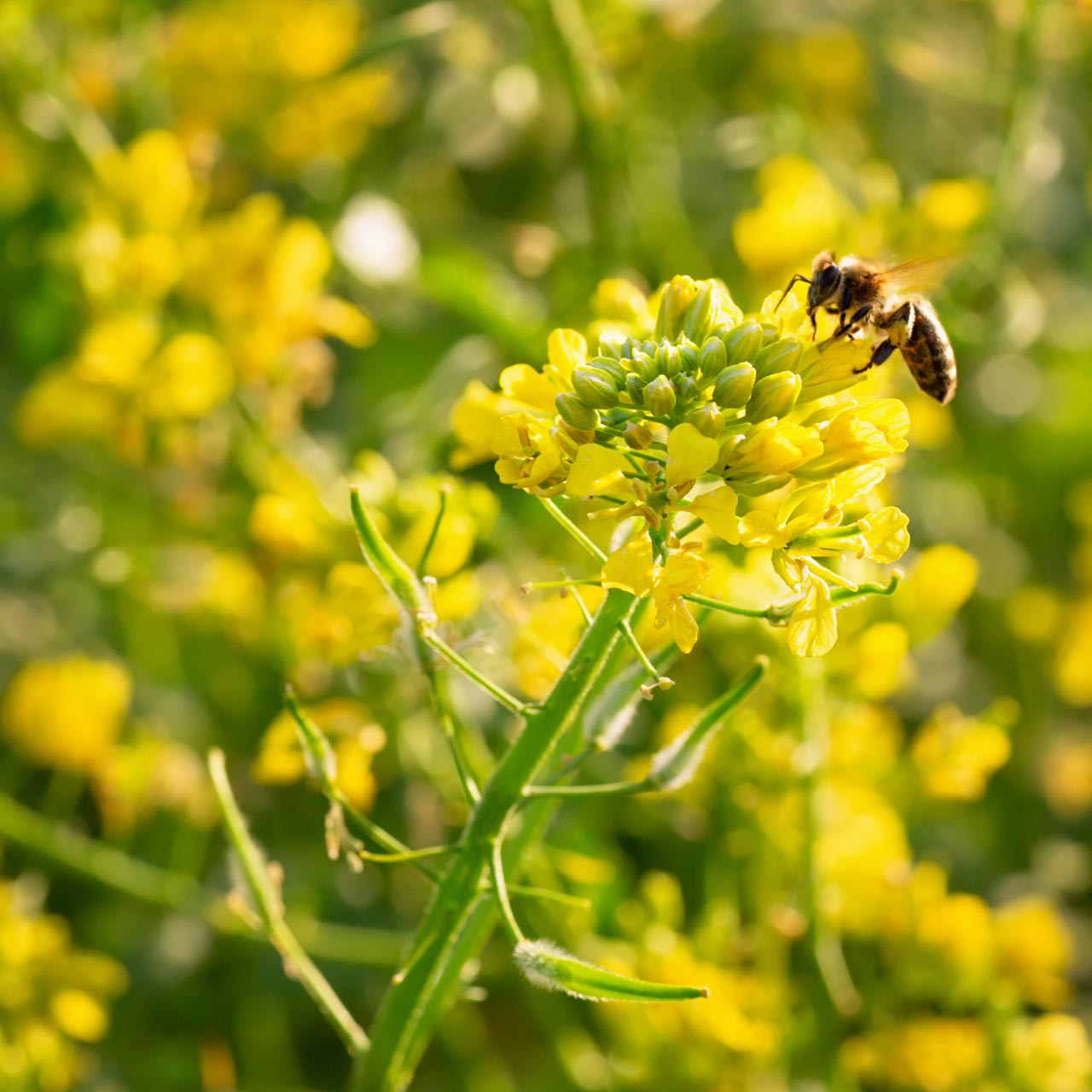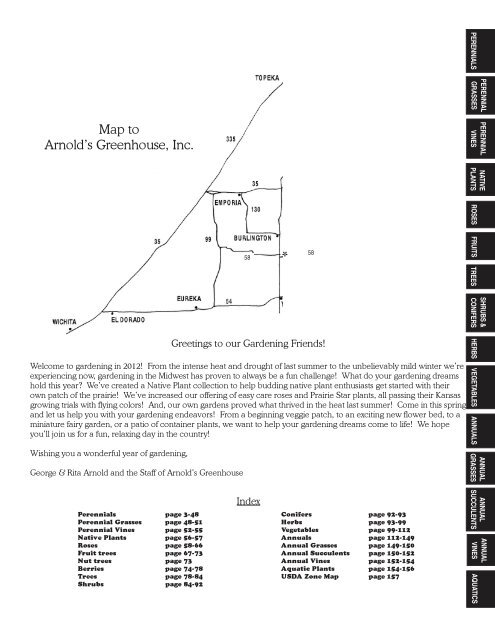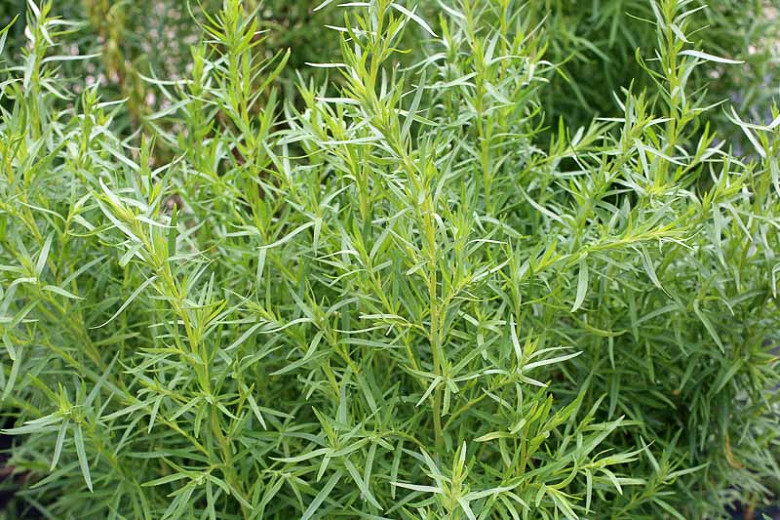Wild Mustard: The Edible Weed That's
Title: Wild Mustard: The Edible Weed That's More Than Just a Pest
Introduction:
Wild mustard is a common weed that can be found in many parts of the world. It is a member of the Brassicaceae family, which also includes broccoli, cabbage, and kale. Wild mustard is edible and can be used in salads, soups, and stir-fries. It is a good source of vitamins A and C, as well as fiber.
In some parts of the world, wild mustard is considered a delicacy. It is often harvested and sold at farmers markets or roadside stands. In other parts of the world, wild mustard is considered a nuisance weed. It can quickly spread and crowd out other plants.
However, wild mustard is more than just a pest. It is a valuable food source that can be enjoyed by people of all ages. It is also a good source of nutrients and antioxidants.
Main Content:
What is wild mustard?
Wild mustard is an annual plant that grows in a variety of habitats, including fields, roadsides, and disturbed areas. It can reach heights of up to 3 feet. The leaves are oval-shaped and have a slightly serrated edge. The flowers are yellow and have four petals.
How to identify wild mustard
Wild mustard can be identified by its characteristic yellow flowers and oval-shaped leaves. It can be distinguished from other mustard plants by its smooth stems and lack of hairs.
How to harvest wild mustard
Wild mustard can be harvested when the leaves are young and tender. The best time to harvest is in the spring, before the plant flowers. To harvest, simply cut the leaves from the plant with a knife or scissors.
How to prepare wild mustard
Wild mustard can be eaten raw or cooked. To eat it raw, simply wash the leaves and add them to a salad. To cook wild mustard, sauté it in a pan with some olive oil or butter. You can also add it to soups, stir-fries, or pasta dishes.
Nutritional benefits of wild mustard
Wild mustard is a good source of vitamins A and C, as well as fiber. It also contains a number of other nutrients, including potassium, calcium, and magnesium.
Antioxidant benefits of wild mustard
Wild mustard contains a number of antioxidants, including glucosinolates and isothiocyanates. These antioxidants have been shown to have a number of health benefits, including reducing the risk of cancer and heart disease.
Conclusion
Wild mustard is a versatile and nutritious plant that can be enjoyed by people of all ages. It is a good source of vitamins, minerals, and antioxidants. It is also a relatively easy plant to identify and harvest. If you are looking for a new and interesting edible plant to try, wild mustard is a great option.
Wild mustard is a common weed that can be found in many parts of the world. It is a member of the mustard family and has yellow flowers and sharp, pointed leaves. Wild mustard can be used as a food or medicine, but it is important to note that it can also be toxic if ingested in large quantities.
If you are interested in learning more about wild mustard, I recommend visiting the website Home Gardening. This website has a wealth of information about wild mustard, including its history, uses, and toxicity. You can also find recipes for using wild mustard in cooking and medicine.
FAQ of wild mustard
- What is wild mustard?
Wild mustard is a type of annual weed that is native to temperate regions of Europe, Asia, and North Africa. It can be found in a variety of habitats, including fields, gardens, and roadsides. Wild mustard is a fast-growing plant that can reach heights of up to 3 feet. It has yellow flowers and produces small, round seed pods.
- Is wild mustard edible?
Yes, wild mustard is edible. The leaves and flowers of the plant can be eaten raw or cooked. They have a peppery flavor that is similar to regular mustard. Wild mustard is a good source of vitamins A and C, as well as fiber.
- How can I control wild mustard?
There are a number of ways to control wild mustard. One way is to hand-pull the plants before they flower. Another way is to use a herbicide that is specifically designed for wild mustard. You can also smother the plants with mulch or cardboard.
- What are the benefits of wild mustard?
Wild mustard has a number of benefits. It is a good source of nutrients, and it can also help to improve soil health. The plant's leaves and flowers can be used to make a natural insect repellent. Wild mustard can also be used to make a yellow dye.
- Is wild mustard harmful?
In general, wild mustard is not harmful. However, it can cause allergic reactions in some people. If you have any concerns about eating wild mustard, it is best to consult with a doctor or registered dietitian.
Image of wild mustard
10 different images of wild mustard that are free to use:
- Black mustard (Brassica nigra) is a tall, leafy plant with yellow flowers. It is native to Europe and Asia, but it can now be found in many other parts of the world. Black mustard is a popular ingredient in mustard sauces and condiments.
- White mustard (Sinapis alba) is a shorter plant with white flowers. It is native to Europe and Asia, but it can also be found in North America. White mustard is used to make mustard powder and mustard oil.
- Brown mustard (Brassica juncea) is a tall plant with yellow flowers. It is native to Asia, but it can now be found in many other parts of the world. Brown mustard is used to make mustard powder, mustard oil, and wasabi.

- Shirred mustard (Brassica hirta) is a low-growing plant with yellow flowers. It is native to Europe and Asia, but it can also be found in North America. Shirred mustard is used to make mustard greens, which are a popular vegetable in salads and stir-fries.

- Field mustard (Brassica arvensis) is a tall, weedy plant with yellow flowers. It is native to Europe and Asia, but it can now be found in many other parts of the world. Field mustard is often considered a nuisance plant, but it can be eaten as a vegetable.
- Creeping mustard (Brassica kaber) is a low-growing plant with yellow flowers. It is native to Europe and Asia, but it can also be found in North America. Creeping mustard is often used as a groundcover plant.

- Wild horseradish (Armoracia rusticana) is a tall, leafy plant with white flowers. It is native to Europe and Asia, but it can now be found in many other parts of the world. Wild horseradish is used to make horseradish sauce, which is a popular condiment.

- Watercress (Nasturtium officinale) is a small, aquatic plant with yellow flowers. It is native to Europe and Asia, but it can also be found in North America. Watercress is a popular salad green.
- Tarragon (Artemisia dracunculus) is a tall, leafy plant with yellow flowers. It is native to Europe and Asia, but it can now be found in many other parts of the world. Tarragon is used to flavor a variety of dishes, including soups, stews, and sauces.

- Rocket (Eruca vesicaria) is a tall, leafy plant with yellow flowers. It is native to Europe and Asia, but it can now be found in many other parts of the world. Rocket is a popular salad green.

Post a Comment for "Wild Mustard: The Edible Weed That's"